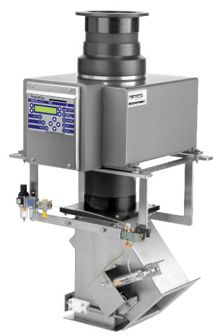
Gravity Fed, Conveyer Fed vs. Pipeline Metal Detection Systems Test Pieces
July 8, 2019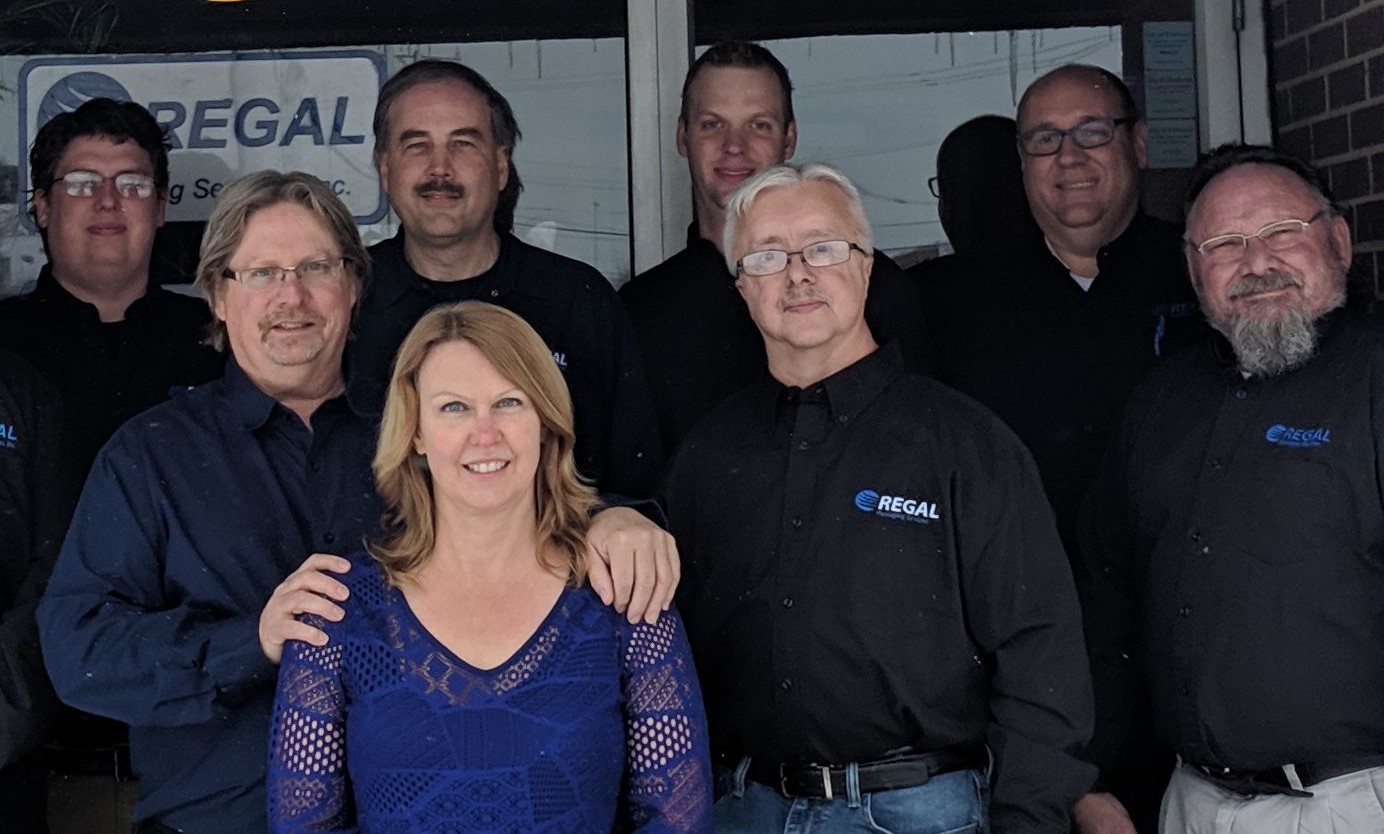
What Our Customers Are Saying…
January 3, 2020Metal Detector Test Standards?
Metal detector test standards are not only significant, but critical for businesses in the food industry. The end goal of these standards is to prevent contamination by establishing good production practices. Regular testing and maintenance of your metal detection system will ensure that your customers are receiving only the safest products.
The standards for testing include using the right test pieces for your application and performing tests at regular intervals. In this way, you can ensure that your system is able to detect potential contaminants throughout the entire production process. And doing so, you can respond correctly, automatically removing the contaminated product from the line before it can be distributed.
Food Grade
Food grade metal detectors are intended to identify the presence of all types of metals within a product. As such, in order to comply with metal detector test standards, test pieces should include ferrous, non-ferrous and stainless steel. For non-metallic contaminants such as plastic, stone or glass, an x-ray system may also be employed.
Since contamination can occur at any point in production, test standards require employing metal detectors at critical control points. These should start at the beginning of the line, to test incoming raw materials. Then along the line after cutting, combining and shaping the product. And most importantly at the end of the line, if possible, after final packaging. By testing at as many points as possible, you can better ensure the quality of the final product.
Detector Types
The type of detectors used can also vary depending on the product. For most standard packaged goods, a conveyor fed system will suffice;. Loose, dry products, like sugar or grains, require a gravity fed system. And liquids and soft, dense materials, like sausages and cheeses, generally use a pipeline system. In any case, the same metal detector test standards apply.
Test Pieces
In order to ensure the accuracy of test results for any metal detector system, it is important to use only the highest quality test pieces. Regal Packaging Services, Inc. understands this all too well, which is why we offer a wide range of pieces in various shapes including rods, spheres, cards and pipes, each individually certified to guarantee durability.
Using the best test pieces carefully, designed to fit your system’s unique specifications, can help you to adhere to metal detector test standards. Testing your system regularly and keeping a careful record of the results is equally important. This way you can keep all of your employees on the same page in terms of quality control and maintaining your metal detection system.
Even one product recall can have a disastrous effect on your business, costing you precious time, a great deal of money and damage to your company’s image. With strict metal detector test standards in place, you have the ammunition you need to avoid this kind of PR nightmare. Regal Packaging can help you to meet those standards by providing the top quality test pieces you need at a price you can afford.

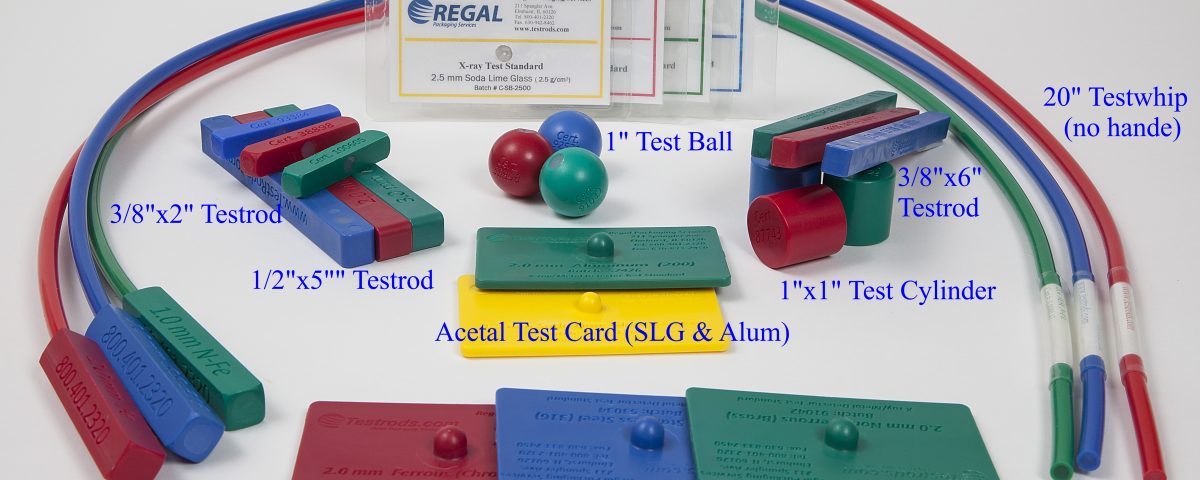

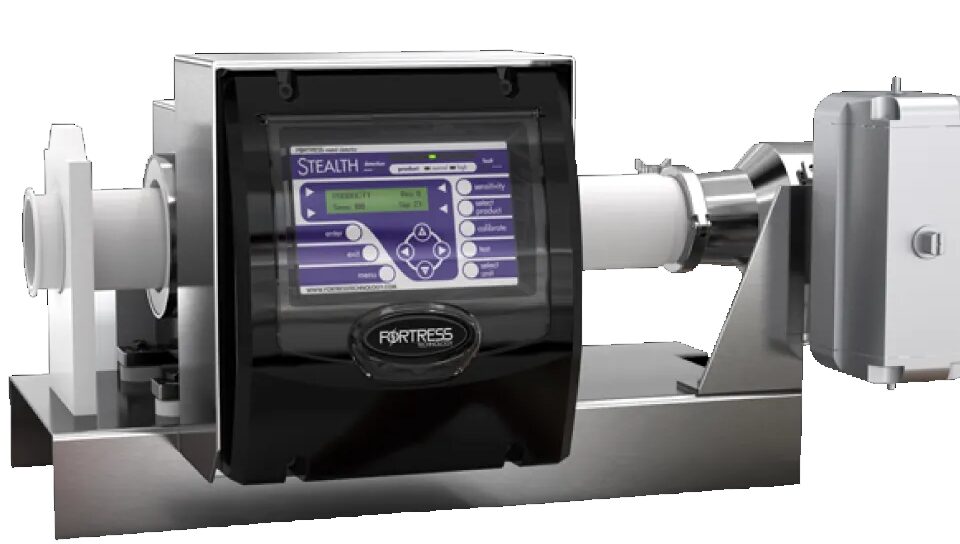
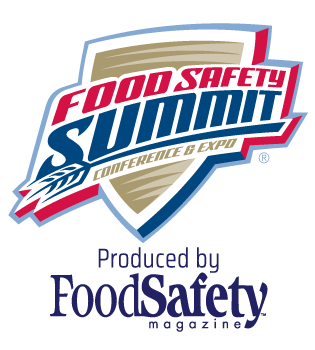
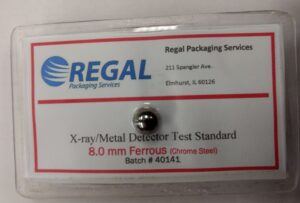
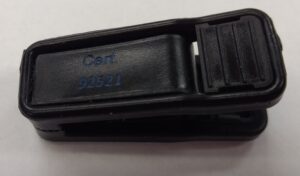
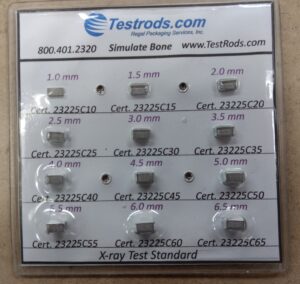
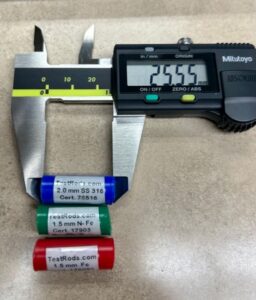
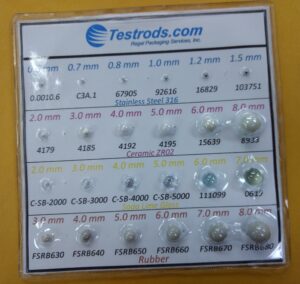

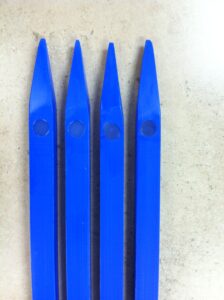
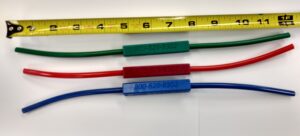
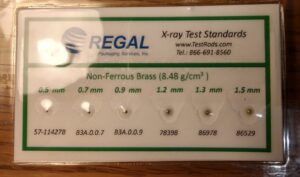
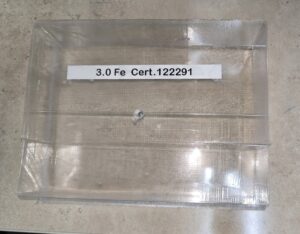
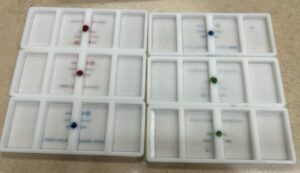
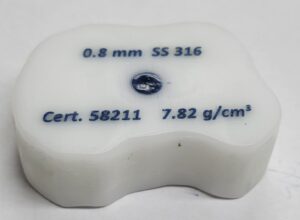
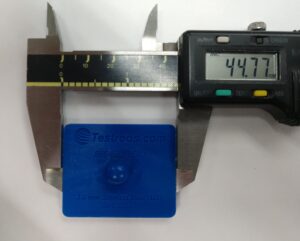
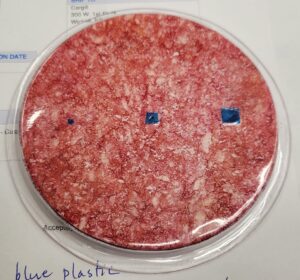
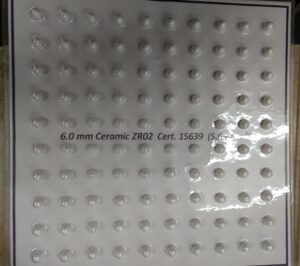
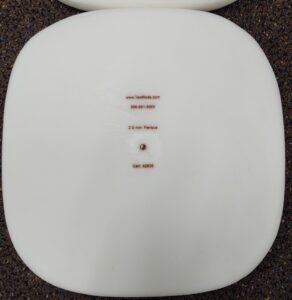
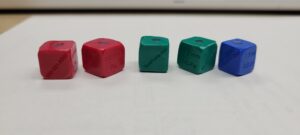
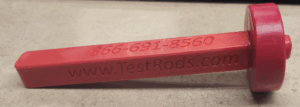
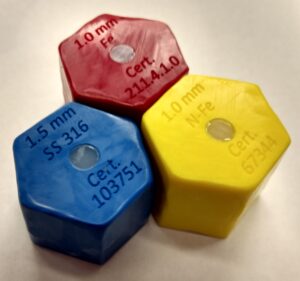
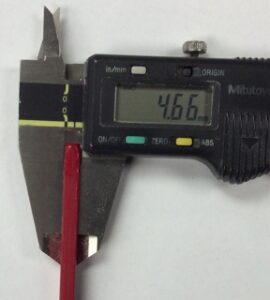
1 Comment
I am looking for 0.8 mm 316 X-ray detector standards